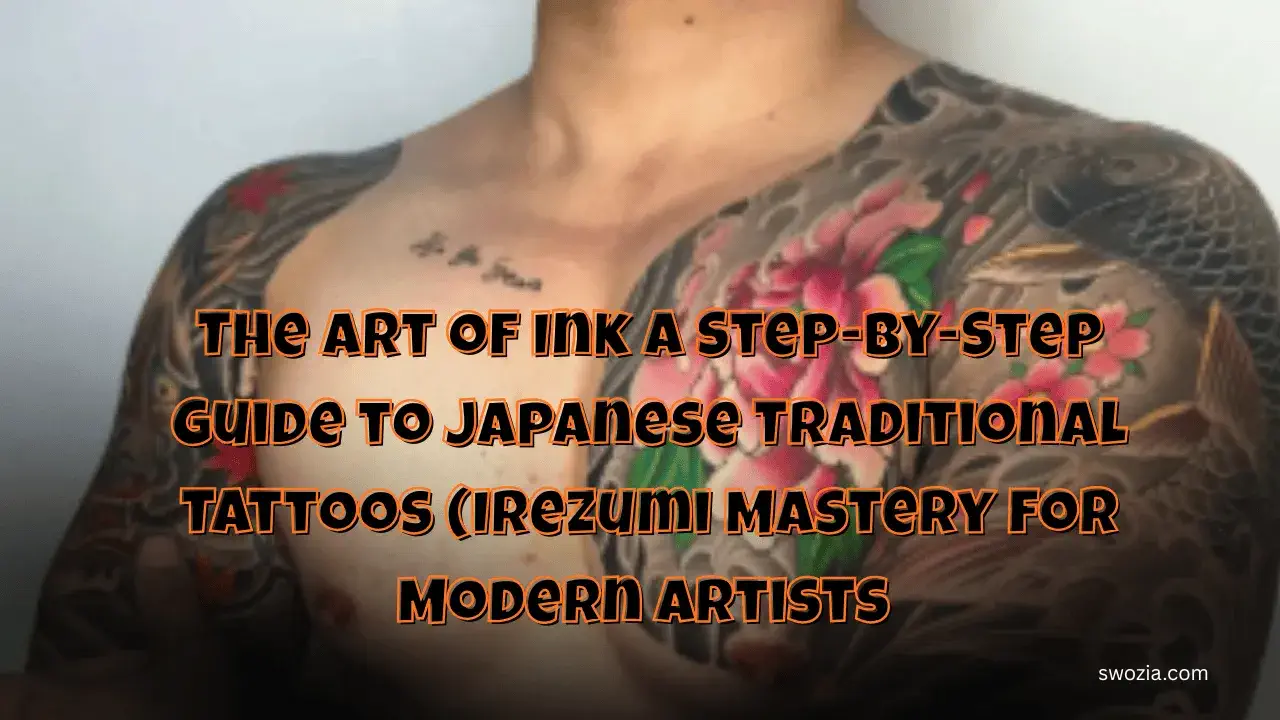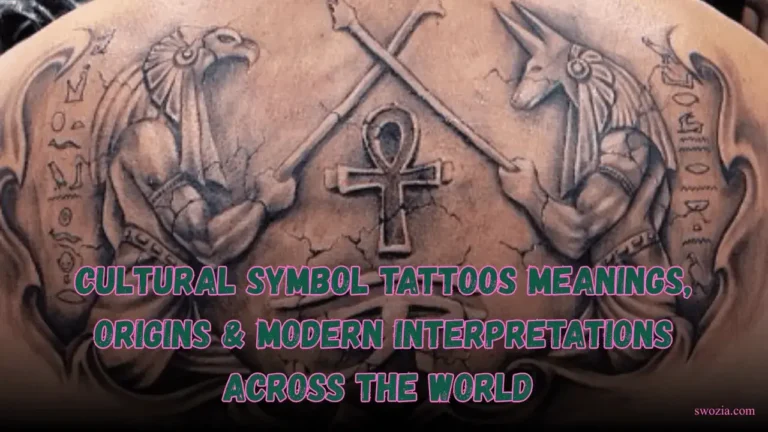The Art of Ink: A Step-by-Step Guide to Japanese Traditional Tattoos (Irezumi Mastery for Modern Artists
Japanese Traditional Tattoos, or Irezumi, are more than body art they’re living symbols of strength, honor, and transformation. Rooted in centuries of Japanese culture, each design tells a unique story through bold lines and rich symbolism.
Today, Irezumi is inspiring tattoo lovers worldwide, especially across the USA, where artists blend tradition with modern style. In this tutorial, you’ll learn the essentials from meanings and motifs to tools and step-by-step techniques to create or appreciate authentic Japanese Traditional Tattoos with true respect for their heritage.
Table of Contents
Understanding the Art of Irezumi
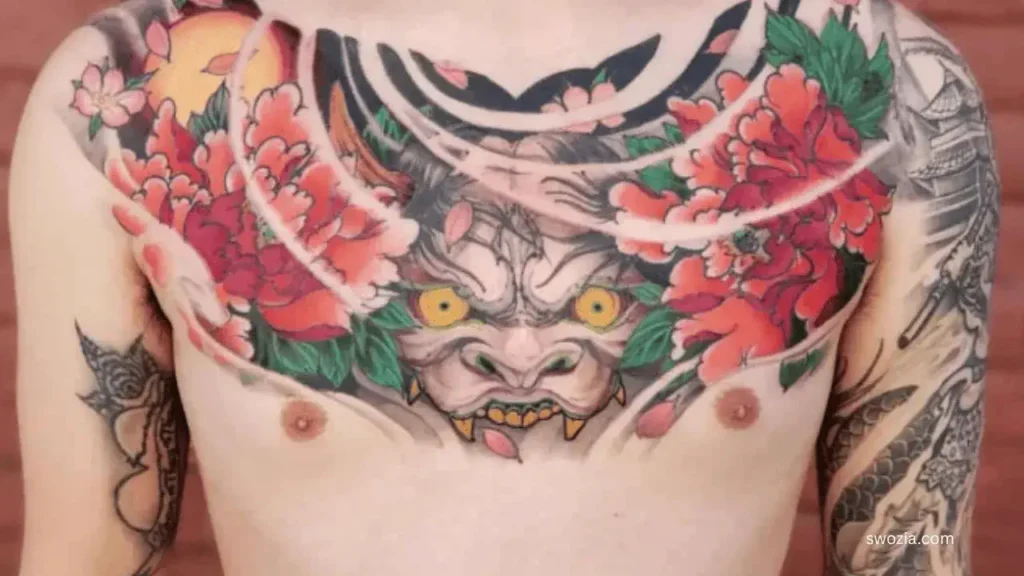
What Are Japanese Traditional Tattoos?
Irezumi, the traditional Japanese tattoo style, has deep roots in Japanese history and culture. It began as a form of spiritual and social expression during the Edo period, symbolizing courage, devotion, and protection. Unlike many modern tattoos, Irezumi is often large-scale covering the back, arms, or legs and tells a continuous story through flowing designs.
The art is defined by bold outlines, detailed shading, and rich color palettes that highlight mythical creatures, flowers, and waves. Each element is chosen carefully to reflect the wearer’s personality and beliefs.
The Symbolism Behind Common Japanese Tattoo Motifs
Every image in Japanese Traditional Tattoos carries meaning. Here are some of the most popular motifs and their symbolism:
- Dragon (Ryū): Power, wisdom, and protection
- Koi Fish: Perseverance, courage, and success through struggle
- Cherry Blossoms (Sakura): Beauty, fragility, and the fleeting nature of life
- Hannya Mask: Passion, jealousy, and transformation
- Tiger: Strength, bravery, and warding off evil spirits
By understanding the stories behind these symbols, artists and clients can design tattoos that are not only beautiful but also deeply personal.
Tools and Materials You’ll Need
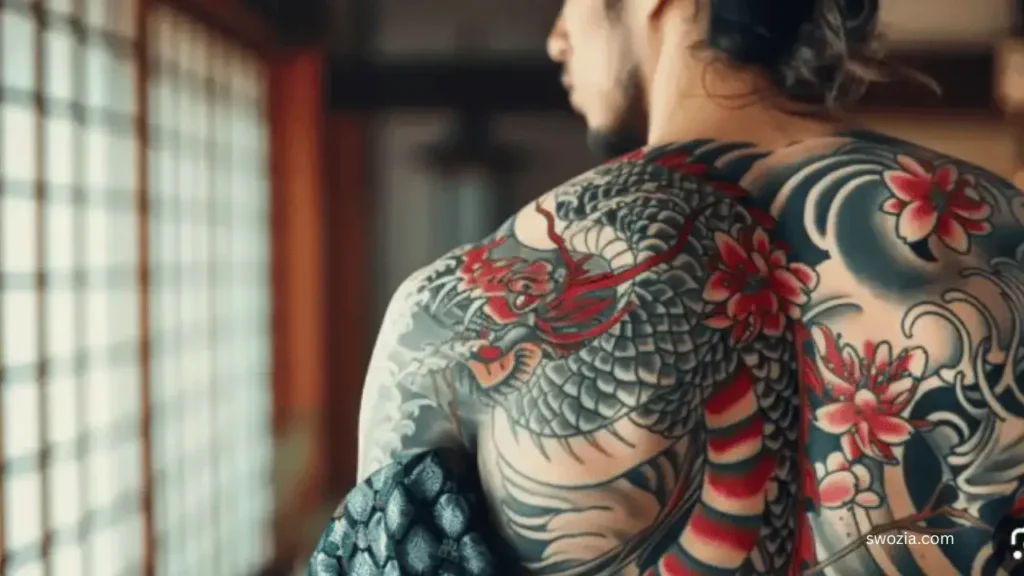
Creating authentic Japanese Traditional Tattoos requires skill, patience, and the right tools. Whether you’re using traditional methods or modern machines, preparation is key to achieving clean, vibrant results.
Traditional Tebori Tools
The original Japanese tattooing method, known as Tebori, uses hand-held rods with fine needles attached to the tip. Artists manually insert ink into the skin, creating smooth gradients and deep color saturation. While time-consuming, Tebori delivers the distinctive texture and flow that define true Irezumi art.
Modern Tattoo Machines
Many artists today blend tradition with technology. A coil or rotary machine allows for precision and faster application while maintaining the classic Japanese style. Choose high-quality machines that support bold outlines and smooth shading.
Essential Supplies
- Tattoo Needles: Different sizes for outlining, shading, and coloring
- Tattoo Ink: Rich black and vibrant hues like red, blue, and green traditional Irezumi colors
- Stencil Paper: For accurate design transfer
- Sanitary Equipment: Gloves, disinfectants, and wraps for a sterile workspace
- Aftercare Products: Healing ointments and gentle cleansers to protect the skin
With these tools and materials ready, you’ll be equipped to begin your Japanese Traditional Tattoo journey safely and authentically.
Step-by-Step: Creating an Authentic Japanese Traditional Tattoo
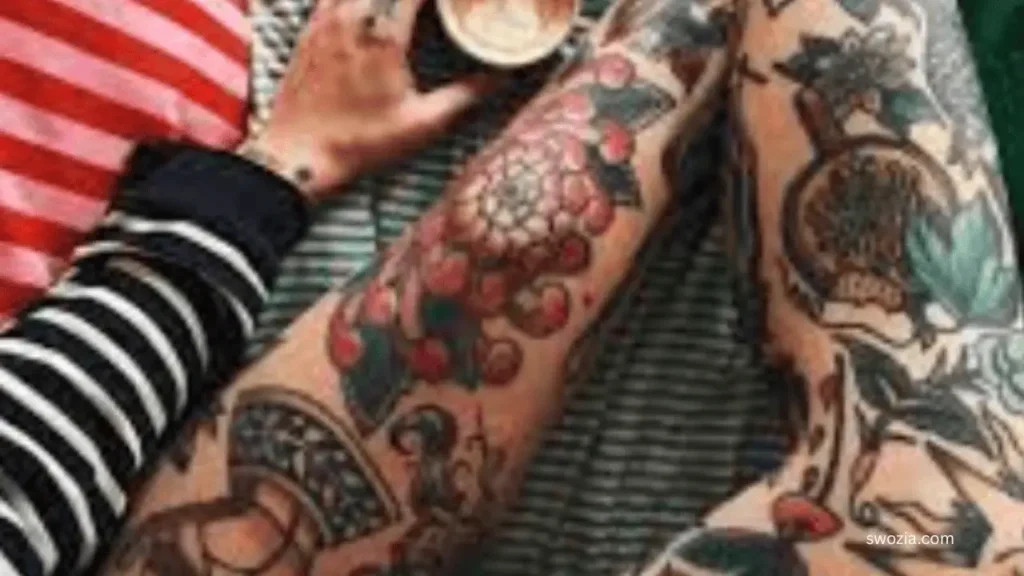
Mastering Japanese Traditional Tattoos takes patience, precision, and respect for the art form. Follow these steps to create a design that reflects true Irezumi craftsmanship.
1. Designing Your Piece
Start by researching traditional motifs and their meanings dragons, koi fish, cherry blossoms, and waves are classics. Sketch your design to flow naturally with the body’s shape, especially for larger areas like the back, arms, or legs. The goal is balance and harmony, two key principles in Japanese art.
2. Stenciling and Outlining
Transfer your design to stencil paper and apply it carefully to the skin. Use a bold black outline to define each element this is the foundation of every Japanese Traditional Tattoo. Keep your lines clean and confident to preserve the tattoo’s clarity and visual strength.
3. Shading and Color Filling
Once the outline heals slightly or sets, begin shading with black and grey tones to add depth and texture. Then apply traditional colors reds, blues, greens, and yellows using smooth gradients to create a flowing, layered effect. Always maintain strong contrast for visual impact.
4. Finishing Touches and Aftercare
Clean the tattoo thoroughly after completion. Apply a thin layer of ointment to soothe the skin. Educate clients on proper aftercare keeping the tattoo clean, moisturized, and protected from sunlight. Good aftercare preserves color vibrancy and prevents infections.
Avoiding Common Mistakes in Japanese Traditional Tattooing
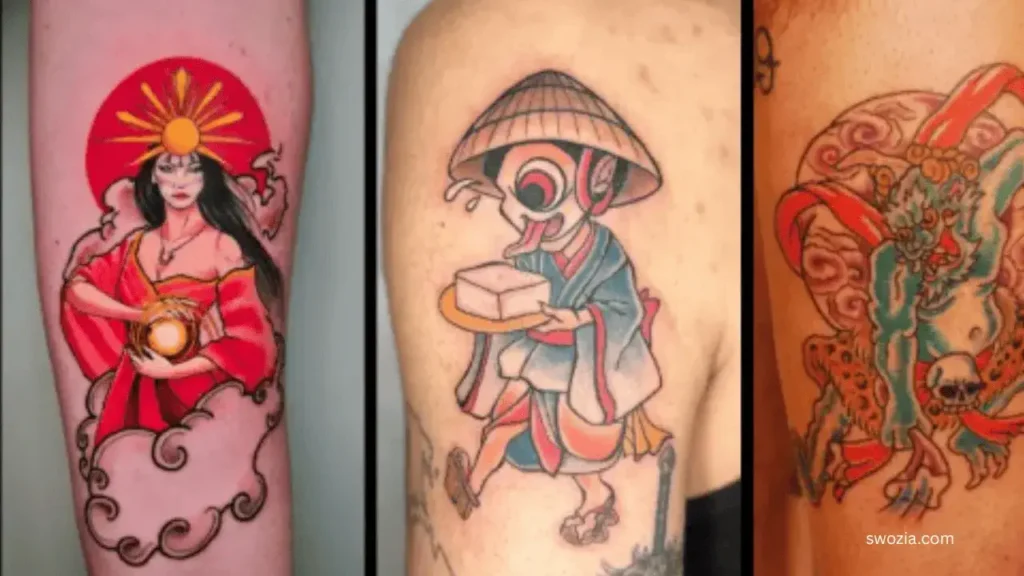
Even skilled artists can make errors that disrupt the balance and meaning of Japanese Traditional Tattoos. Avoiding these common mistakes will help you maintain the authenticity and beauty of your work.
1. Overcrowding the Design
One of the most frequent issues is adding too many elements. Traditional Irezumi values flow and composition every symbol should have space to breathe. Keep your design focused and cohesive.
2. Ignoring Body Flow and Symmetry
Japanese tattoos are designed to move with the body’s shape. Misplaced motifs or poor symmetry can break the natural rhythm. Plan your design to follow muscles and curves for a harmonious result.
3. Using Non-Traditional Colors
Bright neons or pastel tones can weaken the traditional look. Stick to the authentic Irezumi palette deep blacks, strong reds, vibrant blues, and greens for a timeless finish.
4. Rushing Linework or Shading
Irezumi is defined by precision and patience. Rushing outlines or uneven shading can distort the design. Work slowly and consistently to keep the artwork clean and powerful.
5. Neglecting Aftercare
Even the best tattoo can fade or get damaged without proper care. Always educate clients on aftercare routines to protect colors and healing.
Learning from Japanese Masters
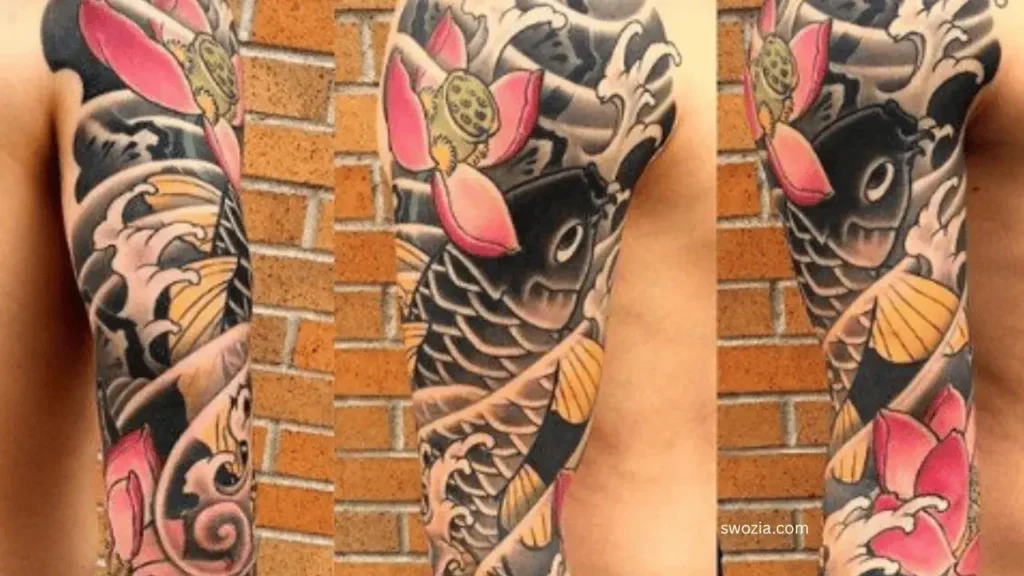
To truly understand Japanese Traditional Tattoos, it’s essential to learn from those who have dedicated their lives to preserving this ancient craft. Japanese tattoo masters, known as Horishi, uphold traditions that date back centuries blending discipline, respect, and storytelling through ink.
1. The Legacy of Irezumi Masters
Renowned artists like Horiyoshi III and Horikoi have defined the modern standards of Irezumi. Their work showcases flawless flow, cultural symbolism, and mastery of shading. Studying their art helps you grasp the deep connection between design, meaning, and body movement.
2. The Value of Apprenticeship
Traditional Irezumi training often begins with an apprenticeship, where students spend years observing and assisting a master before tattooing themselves. This method builds patience, precision, and a deep respect for cultural roots qualities that define great artists.
3. Learning in the Modern World
Today, artists outside Japan can still learn these skills through workshops, online courses, and cultural exchanges. Many masters share tutorials, exhibitions, and interviews online, offering rare insight into their methods and philosophies.
Modern Interpretations: Merging Old and New
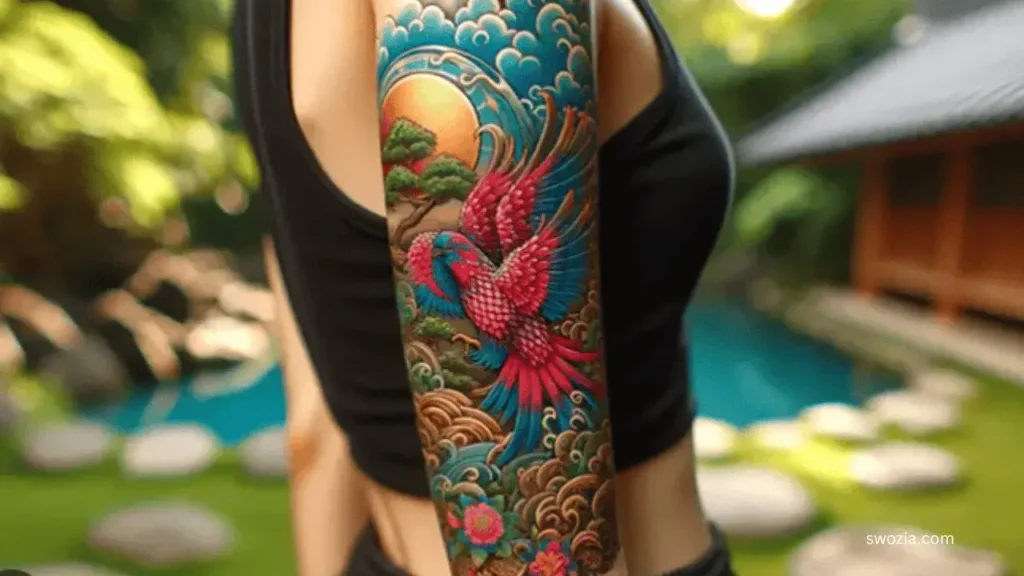
While Japanese Traditional Tattoos remain rooted in ancient symbolism, modern artists are redefining Irezumi by blending traditional craftsmanship with contemporary creativity. This evolution keeps the art alive and relevant to today’s tattoo culture.
1. Blending Styles and Techniques
Many artists now combine traditional Irezumi motifs like dragons, koi fish, and cherry blossoms with modern tattoo styles such as realism, watercolor, or neo-traditional. This fusion highlights the bold outlines and cultural depth of Japanese art while appealing to global audiences.
2. Evolving Themes for Modern Stories
Contemporary tattoos often reinterpret classic symbols to tell personal or modern stories. For example, a koi fish might represent persistence through modern challenges, or a phoenix could symbolize rebirth after life changes. This balance of old meaning and new context keeps Irezumi deeply expressive.
3. The Global Influence of Irezumi
Across the USA and worldwide, tattoo artists embrace Japanese design principles flowing compositions, large-scale body coverage, and symbolic depth while adding their own flair. This cultural exchange honors tradition while inspiring innovation.
Conclusion
Japanese Traditional Tattoos are more than stunning visuals they’re living stories etched in skin. Each design reflects centuries of artistry, cultural respect, and personal meaning. Whether you’re an artist learning the craft or someone drawn to its beauty, understanding the roots of Irezumi helps you create tattoos that carry both power and purpose.
By combining tradition with your own creativity, you help keep this ancient art form alive for future generations.
Ready to take the next step?
- Download our free Irezumi Design Guide to explore authentic tattoo motifs.
- Follow leading Japanese tattoo artists for daily inspiration and technique tips.
- Or, if you’re planning your first piece, consult a certified artist who specializes in Japanese Traditional Tattoos to bring your vision to life.
Honor the past, create with purpose, and let your ink tell a timeless story.
For more about Tattoo Ideas Please visit swozia.com.
FAQs
What is the difference between Japanese Traditional Tattoos and modern tattoos?
Japanese Traditional Tattoos, or Irezumi, focus on large, flowing designs, deep symbolism, and cultural heritage. Modern tattoos can vary widely in style, often smaller, less symbolic, or experimental in color and technique.
Are Japanese Traditional Tattoos painful?
Yes, Irezumi can be more painful than smaller tattoos due to large coverage areas and traditional techniques like Tebori (hand-poking). Pain levels vary depending on placement, size, and individual tolerance.
How long does it take to complete a traditional Japanese tattoo?
Completion depends on size and complexity. A full-back piece may require multiple sessions over months or even years, while smaller designs can be finished in a few hours.
Can I get a Japanese tattoo if I’m not Japanese?
Absolutely. Irezumi has become globally appreciated, but it’s important to understand the symbolism and respect cultural significance before choosing a design.
How do I care for a Japanese Traditional Tattoo?
Aftercare is essential to maintain color and prevent infection:
Keep the tattoo clean and moisturized
Avoid direct sunlight until fully healed
Follow your artist’s instructions on ointments and protective coverings

